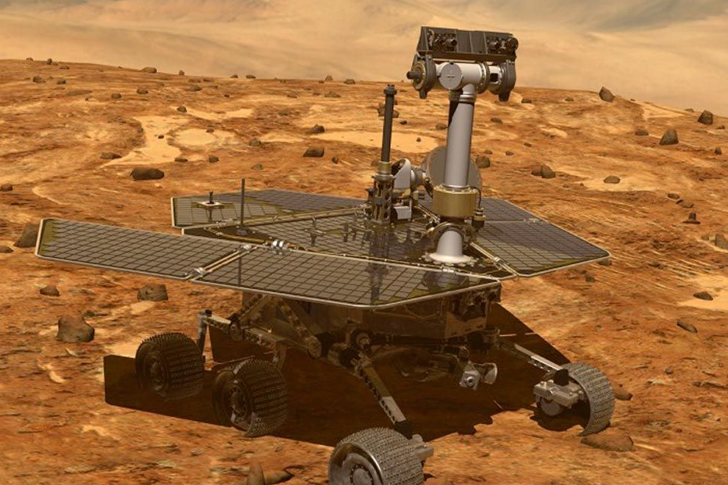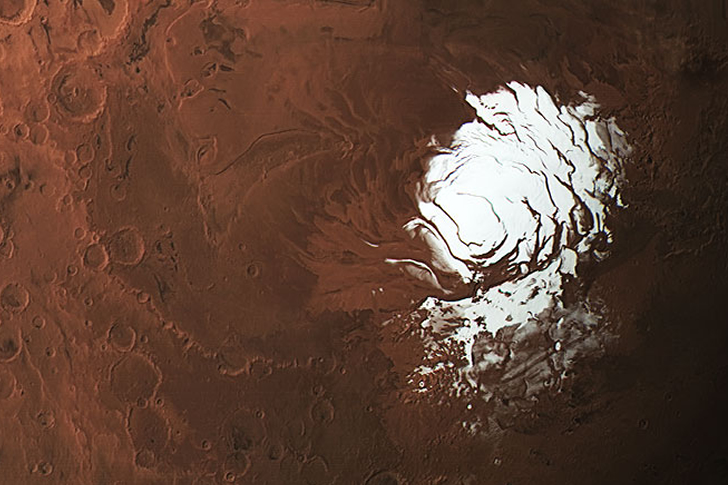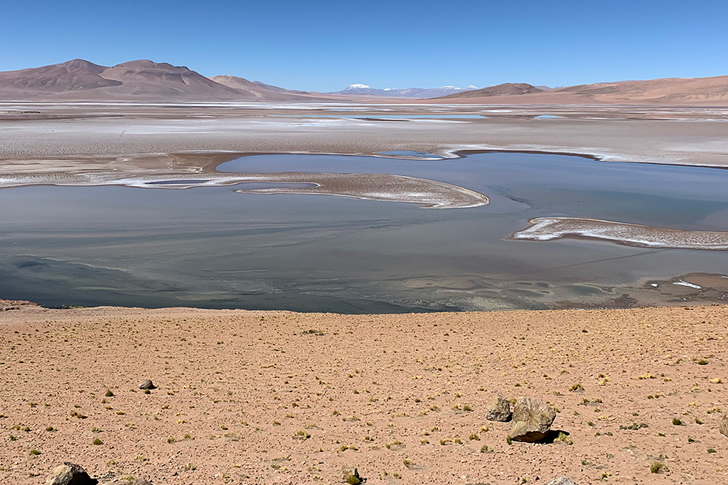Curiosity Paid Off: Six Interesting Finds of the Mars Rover
Curiosity is the name of the rover tasked with exploring the Gale crater on Mars. It is car-sized, but unlike their Terran counterparts, it actually does not use gas as its fuel, but something else. Also, the name given to the rover was the result of a contest where a sixth-year student came up with the name. The lucky student won a trip to the Jet Propulsion Lab in Pasadena, California. She is just one very lucky pupil! But are you curious as to what Curiosity has found on Mars since it landed there on August 12, 2012? What did it find on the red planet that could prove harmful for man? And what did scientists find out about the suitability of human life on Mars? Read on to find out more.

Mars has a heavier atmosphere
Curiosity’s Sample Analysis Instrument detected that the present atmosphere on Mars is heavier than on Earth because it carries the heavier isotopes of carbon, hydrogen, and argon. What this means is that much of the original water and atmosphere has been lost. Lighter isotopes escape faster into space than their denser counterparts, and this process of isotope loss is being observed by the MAVEN orbiter deployed to the planet.
Methane is present in the atmosphere
The rover’s Tunable Laser Spectrometer has found varying levels of methane in the atmosphere. What is interesting is that there was a two-month period where the gas concentrations shot up tenfold. Methane is an indicator of life as living organisms produce it on Earth. It can also be a byproduct of chemical reactions between water and rock, which is also suitable for life. Scientists are baffled over which process creates methane and why the values increased over that short period.
Water!
Yes, Curiosity has found evidence of water. We all know that water is needed to sustain life, and the rover found round-pebbles in a river. Curiosity also explored Mount Sharp and found that there was a rock formation over 1,000 feet that has formed as mud at the bottom of shallow lakes. They then deduced that rivers and lakes persisted in the Gale crater for millions of years. On Earth, the earliest civilizations have always started near bodies of water. We can say that NASA’s investments have paid off, given the evidence of the possibility of life on the red planet.

Organic Carbon in Mars
Aside from water, scientists also said they found evidence of organic carbon. SAM has been most helpful again, and when it drilled Mount Sharp and the surrounding area, it found organic carbon. We know that carbon is the building block of life, but it does not mean that life was present before on Mars, just that ancient organic materials were preserved so that we can study them today. With all the drilling the rover has been doing, though, you might wonder what its source of power is. As mentioned earlier, it is not the usual fuel, but it is electricity that energizes the rover. Power is generated by the decay of radioactive isotopes like plutonium-238.
Shield Up
Now that we mentioned radioactivity, it is worth noting that Curiosity experienced radiation levels that were higher than what NASA would consider safe for human beings unless shielded. There are two types of radiation that pose a danger to astronauts when in space, galactic cosmic rays and solar energetic particles from a solar flare-up. As in Earth, being exposed to high levels of radiation is not beneficial to the body. Hence, NASA would take their mission designs a degree better next time by factoring in this high level of radiation. So let us not get our hopes up just yet, but instead, wait for more data to be available.
Mars can be suitable for life

Preliminary data, however, suggest that life can be sustained in Mars as it has the right mix of nitrogen, oxygen, carbon and phosphorous. These key ingredients were found in a powder sample dug up by SAM in Yellowknife Bay. There also appears to be drinkable water that once flowed in the area. Perhaps one day, after much research and preparation, we can send not just astronauts, but also doctors, teachers, even lawyers to get a taste of the Martian life. We can even be ambitious and start building a colony in the future.
